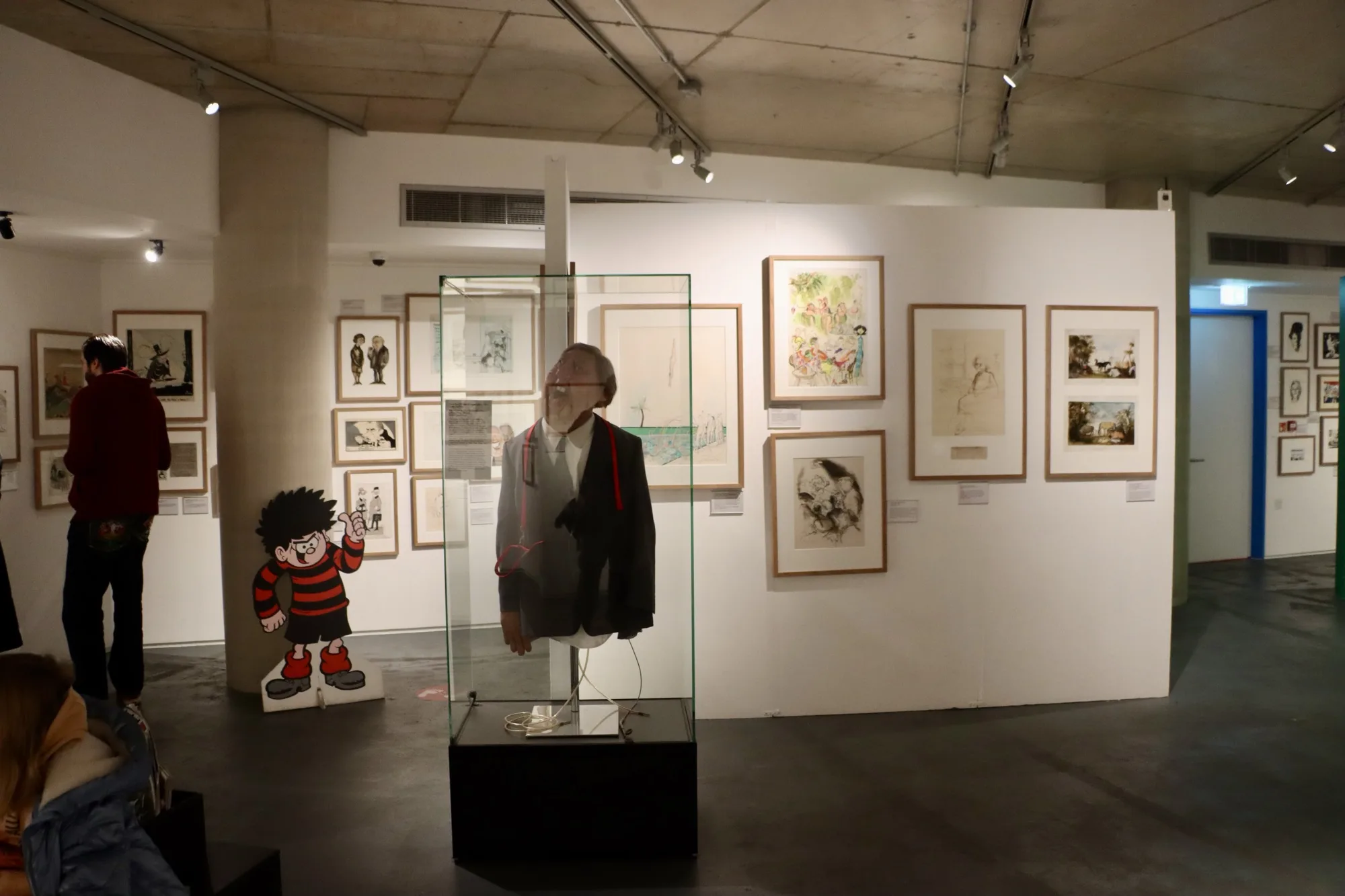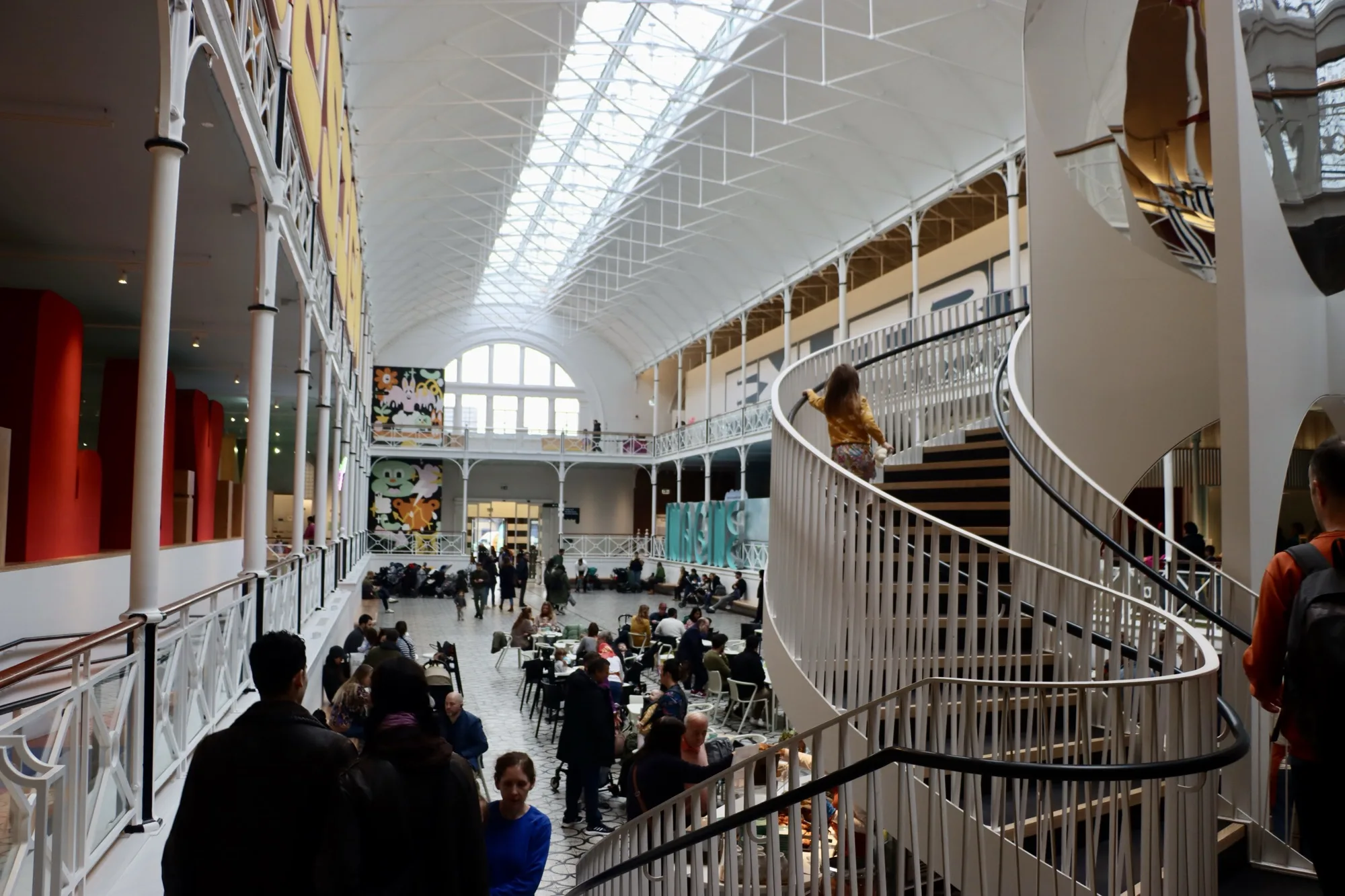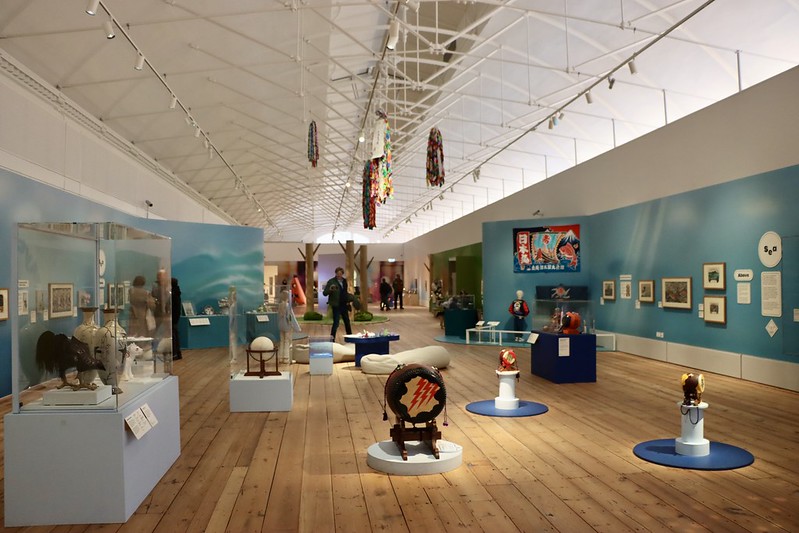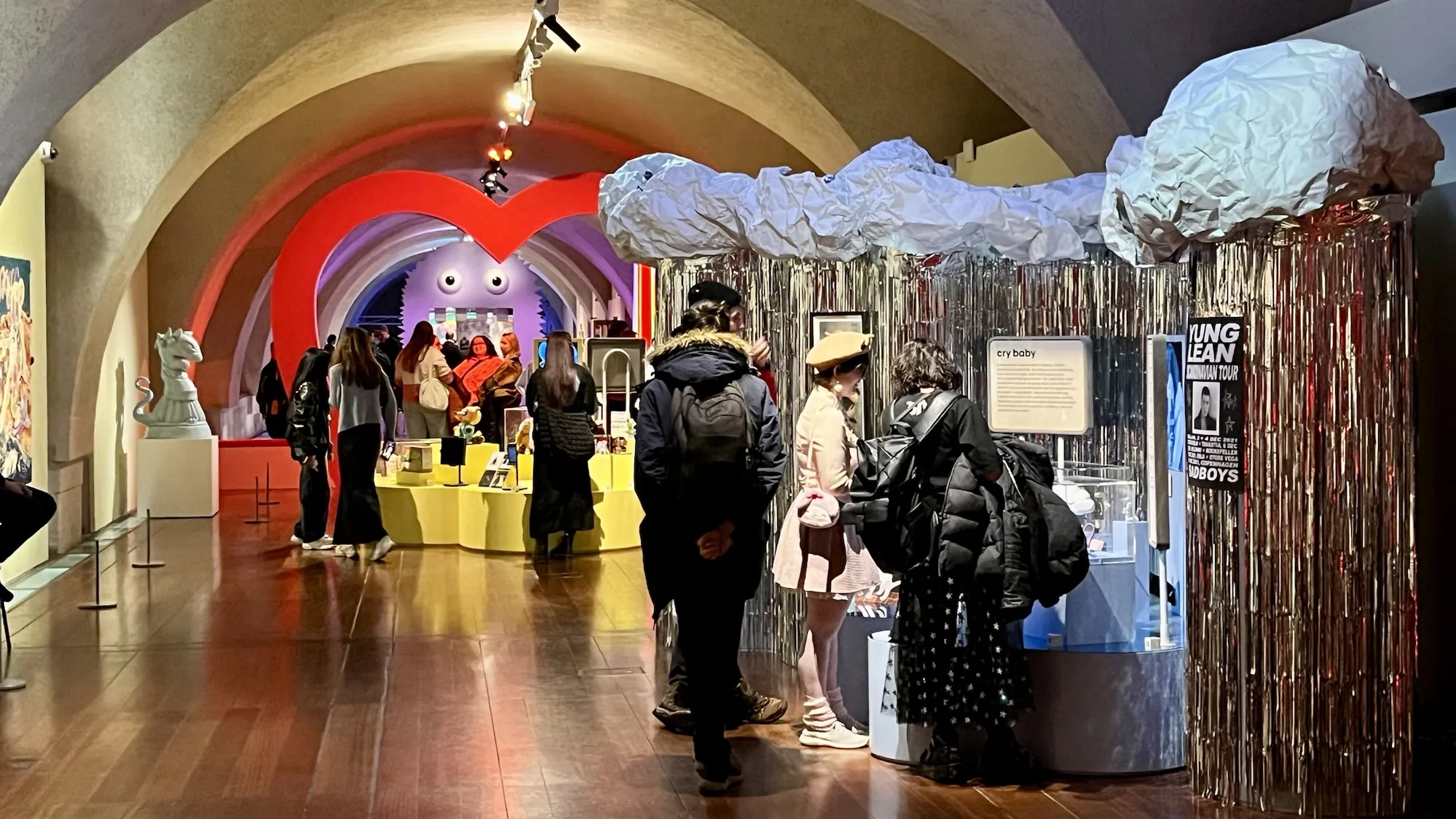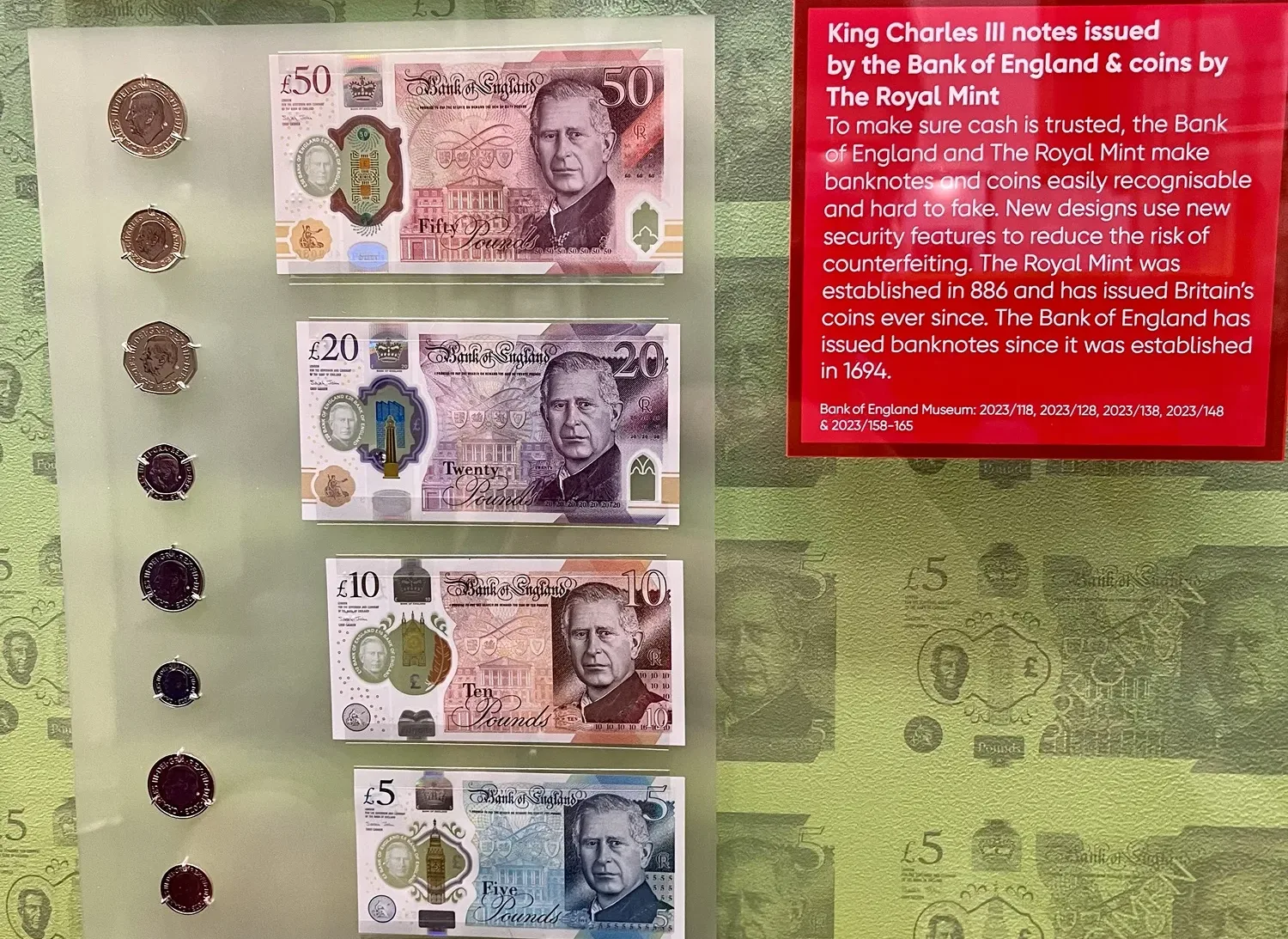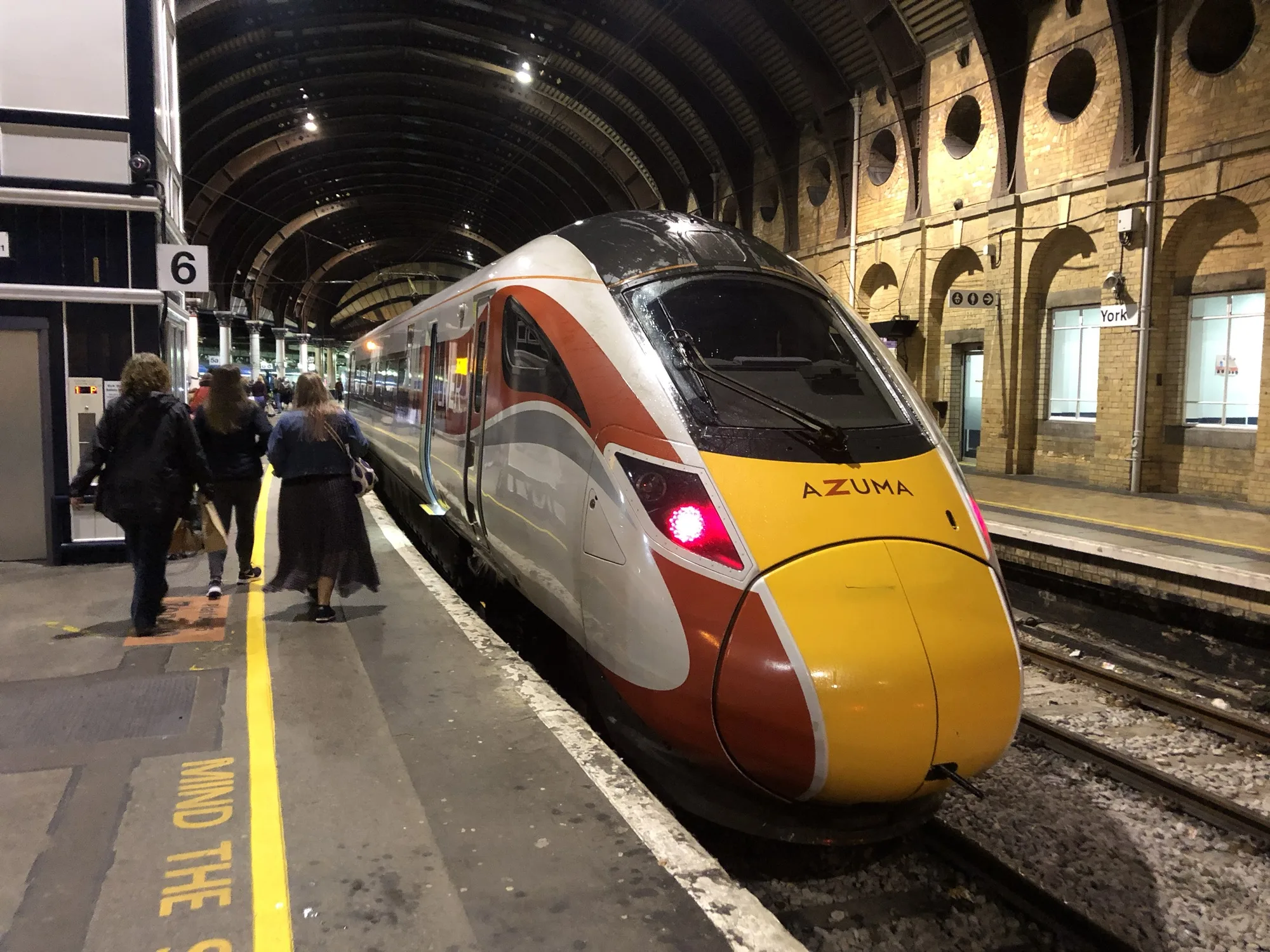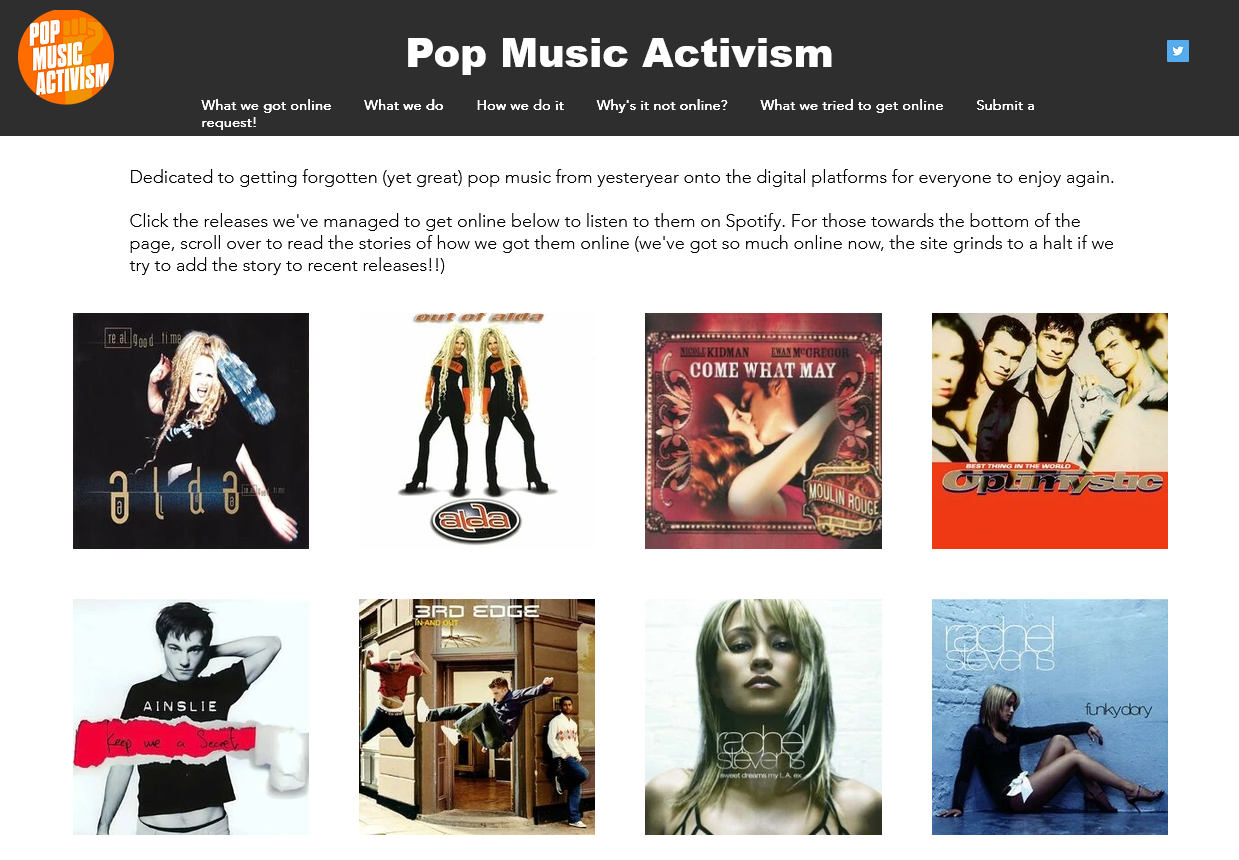This is the fourth in the series of blog posts about places we went to in London – you can also read about the Bank of England Museum, the Cute exhibition at Somerset House, and the Young V&A.
On our last day in London, we went to the Cartoon Museum in Soho. It’s a relatively new museum, opening initially in 2006 and in its current location in 2019. It’s also quite small – allow a maximum of two hours – but with plenty to see. The walls are packed with illustrations going back a couple of hundred years, right up to now – the newest being Ben Jennings’ cartoon of Queen Elizabeth II taking the Elizabeth Line into the light when her death was announced in September 2022. It is mostly lots of pictures on walls, but there is a Spitting Image puppet on display as well.
At the moment, there’s a Wallace & Gromit exhibition, marking 30 years since the release of The Wrong Trousers. There’s several models on show, as well as some behind the scenes photos and some of the equipment used to film it. You can also see the actual Oscar that Nick Park won, although no photos are permitted of this. The exhibition is on until the 16th April.
A smaller exhibition shows the work of Oluwasegun Babatunde, a Nigerian comic artist who created a team of superheros based in Sub-Saharan Africa during the Covid-19 pandemic. This is on until the end of this month.
There’s also an activity room where you can create your own comic strips, and of course the ubiquitous shop.
Accessibility
The nearest tube stations to the Cartoon Museum are Oxford Circus and Tottenham Court Road. The museum is located in a basement, down a set of stairs, and sadly the lift has been broken since 2022. A recent crowdfunder to fit a new lift didn’t quite reach its goal but hopefully this will be fixed soon. Ear defenders and sensory backpacks are available to borrow once inside.

